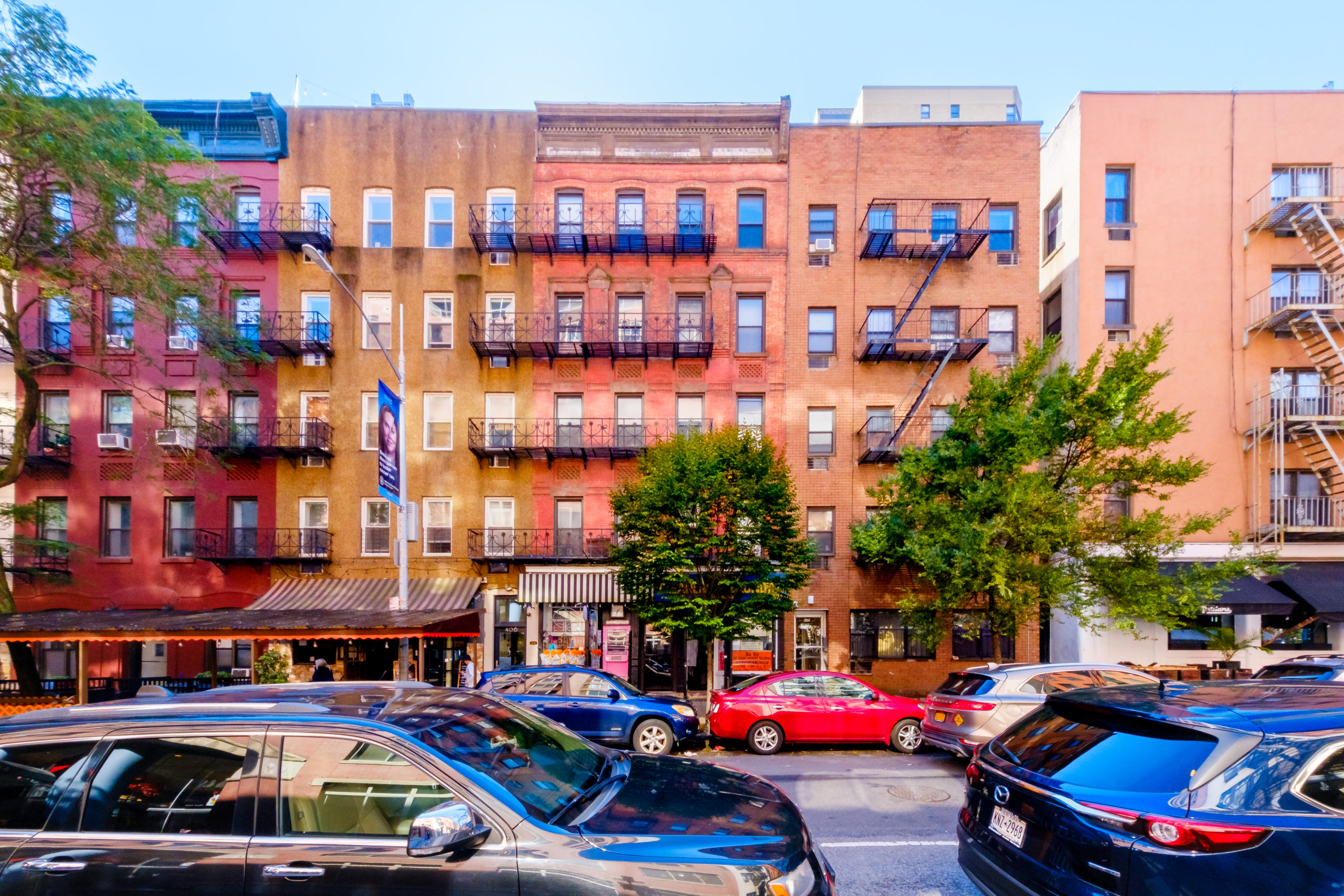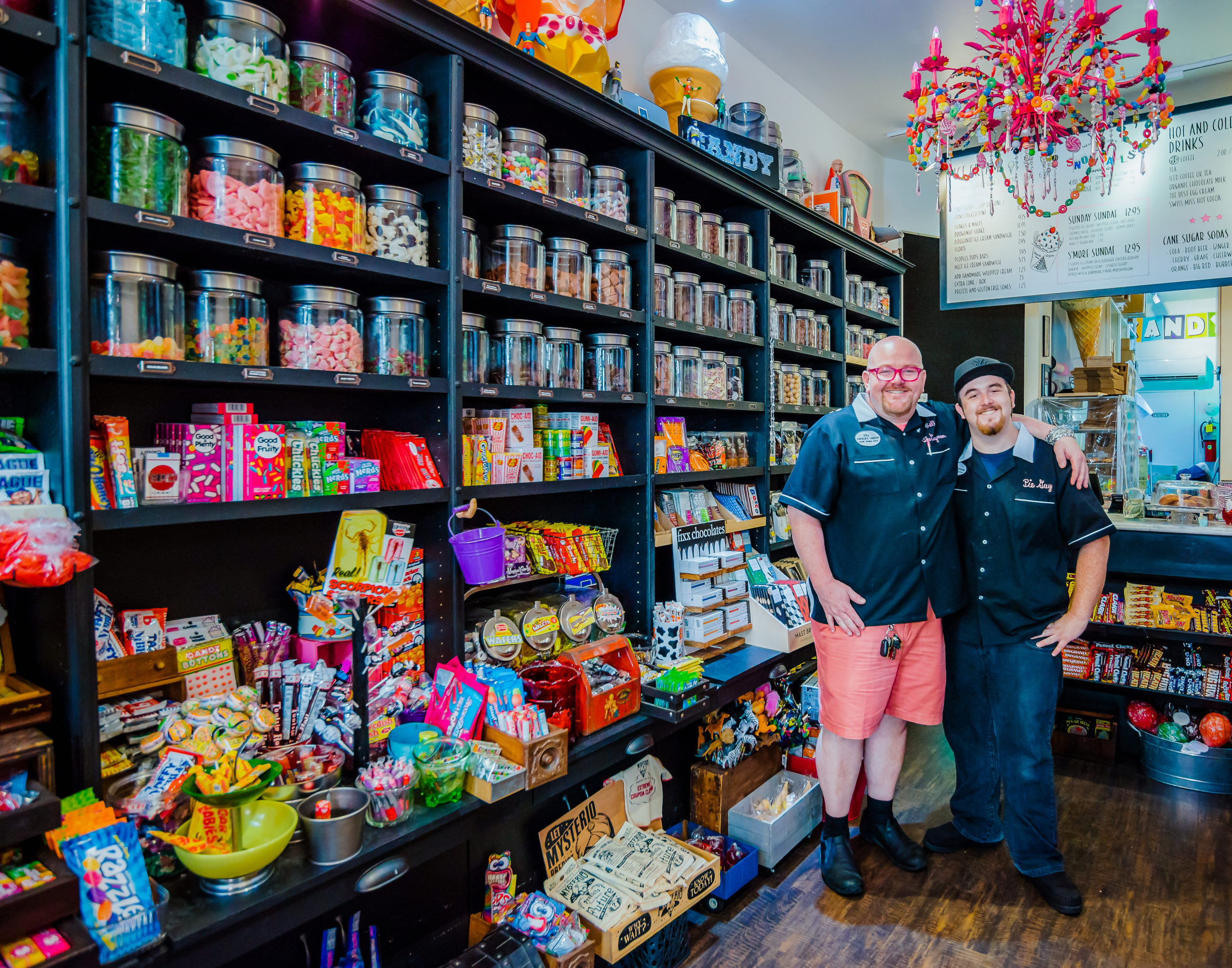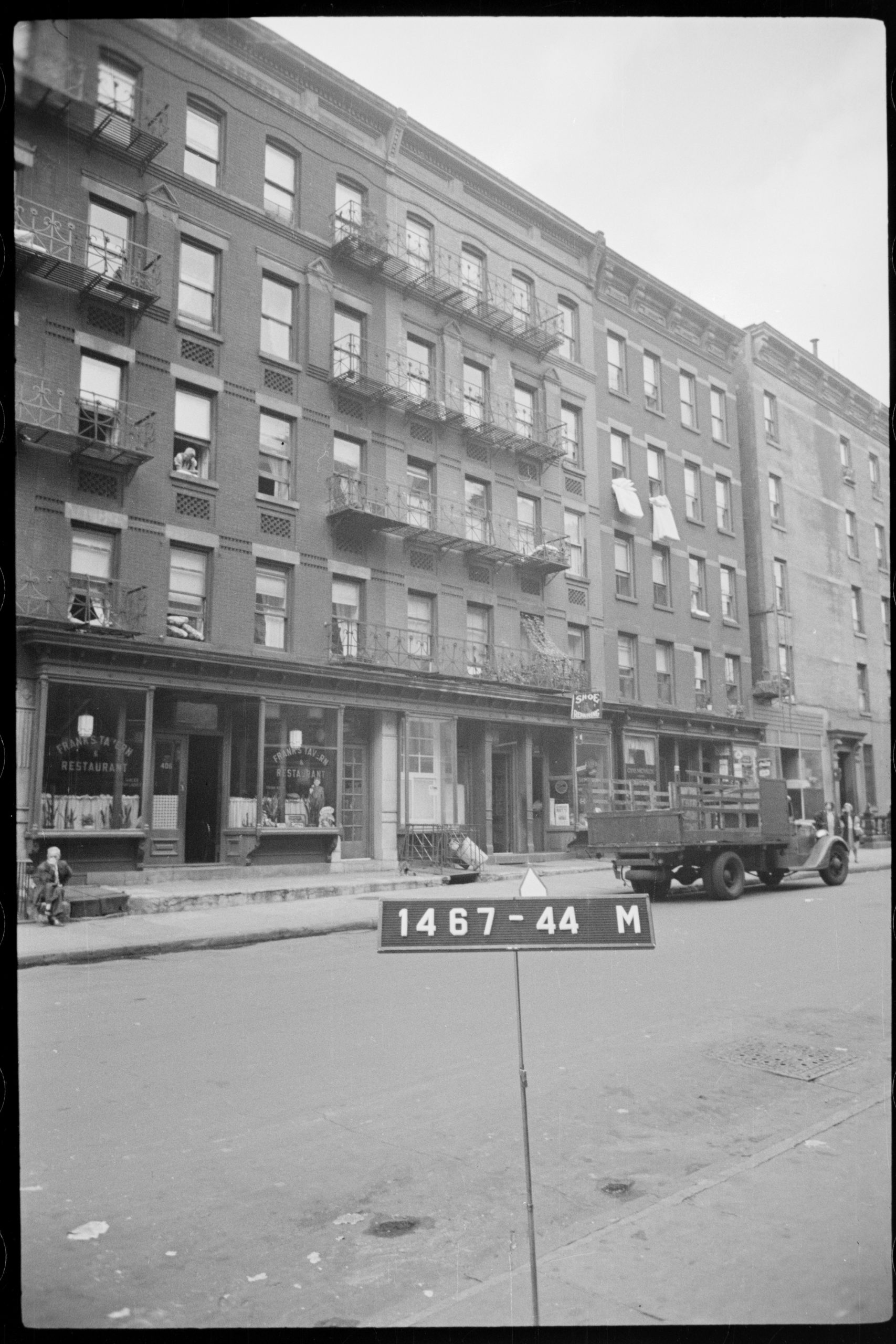The Sweet Shop 404 East 73rd Street 212-960-9685 Established 2012
NOW
“Like a kid in a candy shop” is not an adequate description for the experience that an adult can have when walking into The Sweet Shop. It not only dazzles you with the color and array of decadent desserts, but it also gives one a warm and nostalgic feeling brought on by the chocolate cigars, candy necklaces, and other penny candy from one's own childhood.
“We’re a flashback to the past,” the Candyman gleefully announced. Also known as Kelly Jaime, he has lived in the neighborhood since 2000, while working in sales for a Fortune 500 company, and continually lamenting that there were no late-night ice cream stores. In 2013, he decided to solve the problem himself. What started as a simple ice cream parlor, however, turned into a place serving candy and ice cream. “The demographic in this area changed overnight,” he explained. “It’s much younger – there are strollers everywhere.” With this new kind of audience, Kelly decided to offer all sorts of sweet delicacies rather than ice cream alone. This meant he could sell his favorite treats: handmade marshmallows.
“You have to understand this about my dad,” his son piped up. “He loves marshmallows.” The sweet shop is a family-run business. Kelly and his son Matthew, also known as “Pie Guy,” man the store while his wife, Glyn, is the designer behind the Willy Wonka-esque decor, including the glass chandelier made of candies.
THEN
Built in 1886 as a row of 5 brick tenement buildings, #404 was designed by architecture firm Cleverdon & Putzel, and commissioned by Frederick Niemeier. Robert Newton Cleverdon was a Canadian English architect who immigrated to the US at age 6. Joseph Putzel was a NY-born architect of German heritage. Of the modestly detailed tenements, #404 is the one least altered, retaining detailed brickwork on the facade, stone lintels interconnected by brickwork, iron balcony, and cornice. The storefronts also seem to be very close in appearance to what they would have been in the beginning of the 20th century, when they were added to the building, with their columns, bulkhead, protruding vitrine, and even cornice, now covered by the boxy modern awnings.




